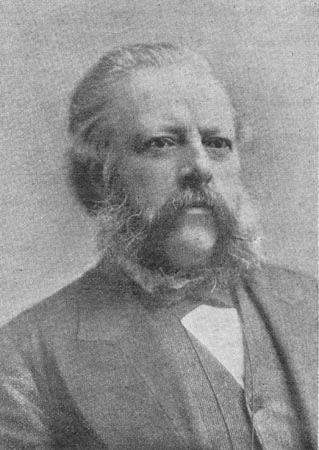John Ronald Reuel Tolkien, one of the greatest fantasy writers in history, gave readers vivid and intricately detailed works, including The Hobbit, The Lord of the Rings trilogy, and Silmarillion. Published in the 1930s and 1940s, they are still among the best-selling books in the world.
Since Tolkien was a philologist, linguist, university professor, and overall erudite, his works are full of various references, meta-narratives, symbolic layers, and completely functional invented languages. Tolkien’s oeuvre includes a vast array of characters, many of whom are instantly recognizable today. The characters were often inspired by real people whom Tolkien honored (or sometimes mocked) by weaving their names or some of their features into his narratives.
Samwise “Sam” Gamgee is one of the crucial characters in The Lord of the Rings trilogy, Tolkien’s best known and most elaborate work. Sam is a caring and kind-hearted chubby hobbit who serves as the sidekick to Frodo Baggins, the main protagonist of the trilogy.
In 2009, Entertainment Weekly even listed Sam as one of the greatest sidekicks of all time. Tolkien admired people who were courageous, modest, and morally pure, so he infused Sam’s personality with these characteristics. Sam eagerly follows Frodo along the entire journey to Mordor: he watches over him and even offers to share the burden of the Ring with him, but he never succumbs to the Ring’s corruptive influence. He is as responsible for bringing peace back to Middle-Earth as Frodo is.
The character of Sam Gamgee was named after a real-life person, a pioneering 19th-century surgeon named Sampson Gamgee. He was, much like his fictional namesake, a person who devoted his life to the well-being of others. At a time when many patients who underwent surgeries died of sepsis and various other infections resulting from bad hygiene, Gamgee devised a way through which he could prevent his patients’ surgical wounds from infecting.

He invented the Gamgee Tissue, a surgical dressing that consisted of a thick piece of cotton wool between two layers of absorbent gauze. He was the first person in medical history to use cotton wool to stop the infection of surgical wounds, and his invention was so successful that it was immediately adopted by the international medical community. Nowadays, Gamgee Tissue is still one of the most widespread surgical dressings in the world. It has been continuously manufactured by Robinson Healthcare Ltd. in Nottinghamshire since 1911.
Sampson Gamgee lived and worked in Birmingham and his invention left a mark. Namely, since Gamgee Tissue was introduced, the people of Birmingham started using the word “gamgee” to refer to cotton and this slang term was widespread at the time when Tolkien was writing The Lord of the Rings trilogy.
Therefore, some Tolkien researchers argue that the great writer intentionally chose the surname Cotton for the character of Sam’s future wife Rose Cotton, in order to further emphasize the connection of the words “cotton” and “gamgee” with the pioneering work of Sampson Gamgee.
Many of the characters from Tolkien’s works were inspired by historical figures and Tolkien’s contemporaries. For example, the character of Luthien, who is featured in several of Tolkien’s works, including Silmarillion, The War of the Jewels, and The Lord of the Rings, was inspired by Tolkien’s wife, Edith. Luthien is an elvish princess who falls in love with a mortal man named Beren and renounces her elvish immortality in order to be his wife.
In 1972, a year after his wife died, Tolkien instructed his son Christopher to include the name “Luthien” next to her name on her gravestone. A year later, Tolkien died at the age of 81 and was buried next to his late wife, and the inscription next to his name says “Beren.”
